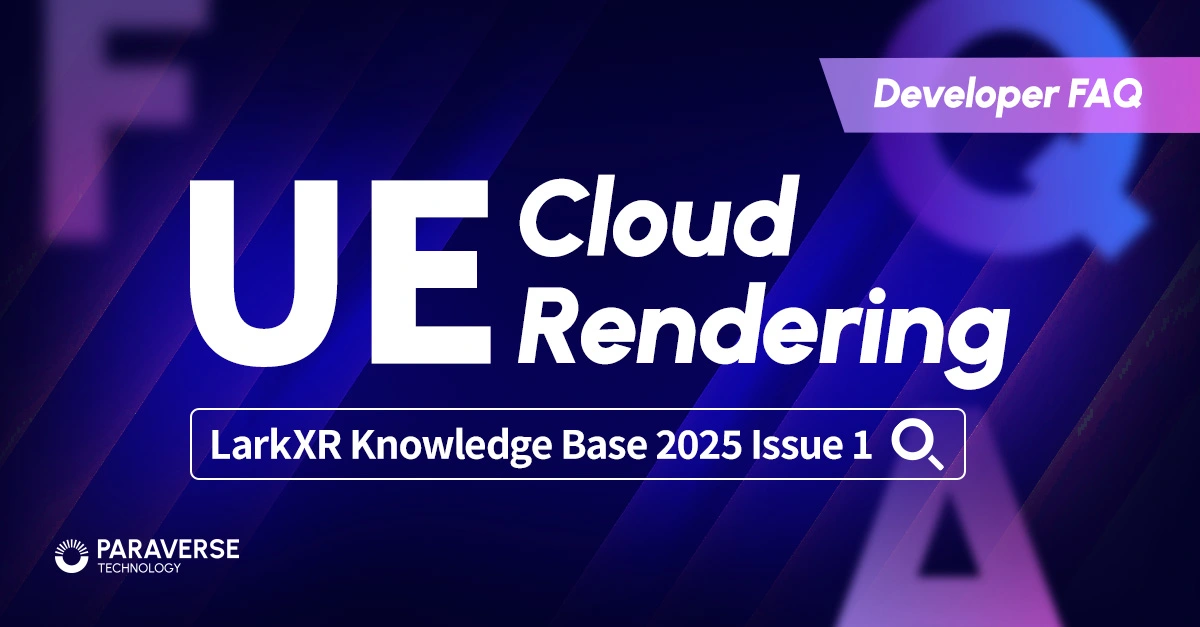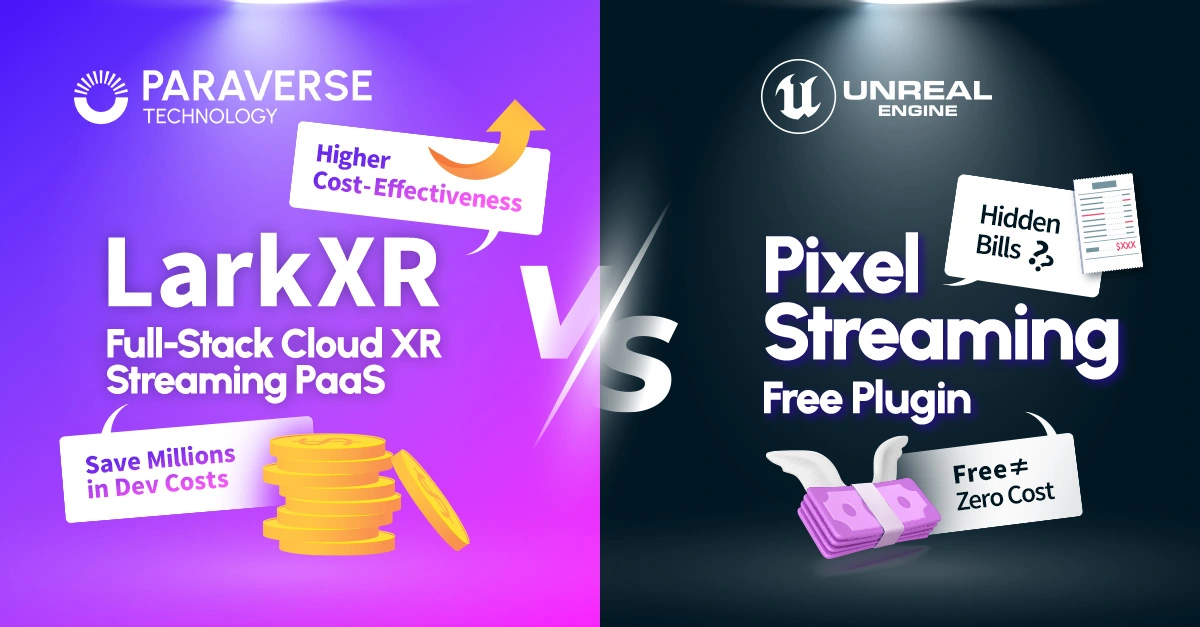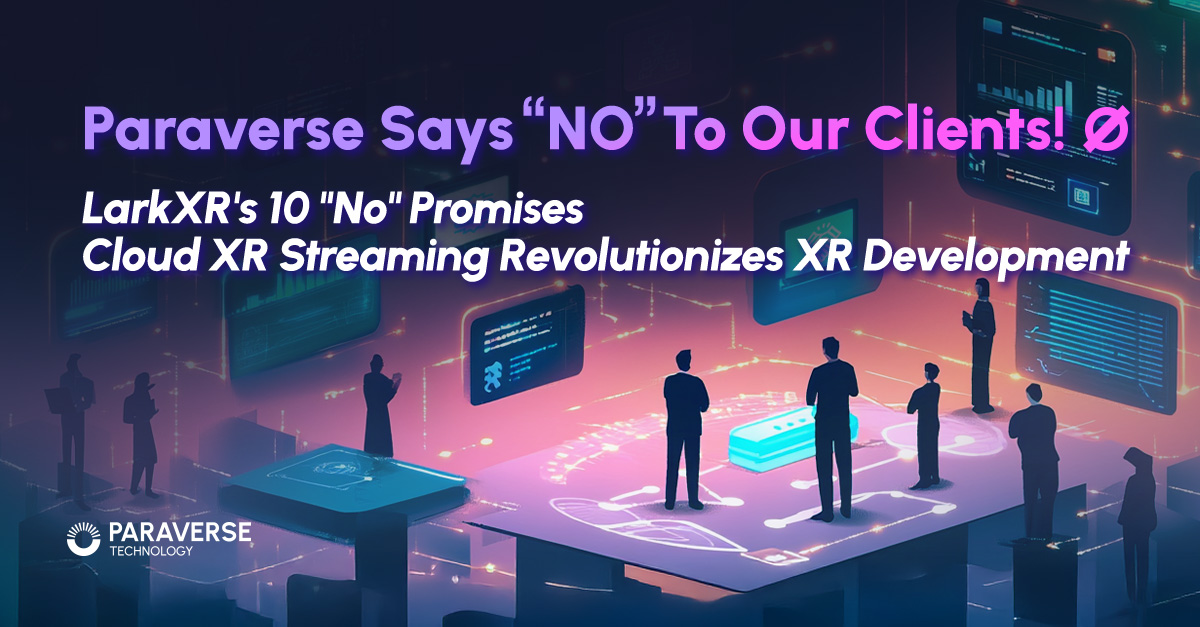
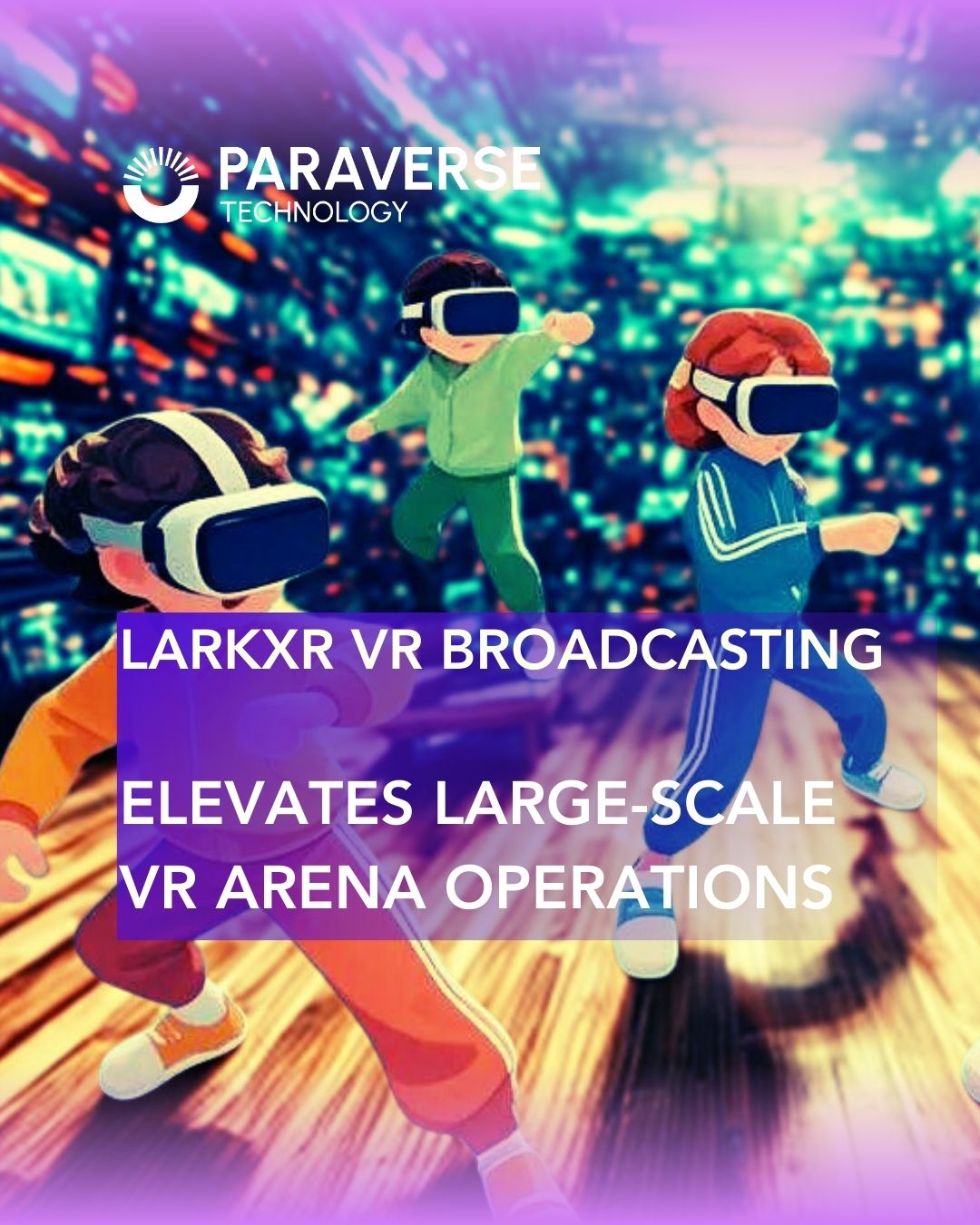
Market Landscape: The Scalability Dilemma in VR Multi-User Large-Space Operations
The global VR market has witnessed a transformative shift with the emergence of landmark large-scale multi-user experiences: Paris’s “Horizon of Khufu” enables audiences to collectively explore ancient Egyptian pyramids through high-quality virtual reality; Shanghai’s “TeamLab Borderless” creates remarkable commercial success with its innovative immersive multi-user interactive spaces. The success of these immersive projects highlights the enormous potential and market demand for large-scale multi-user VR scenarios.

Currently, the market offers two main technical approaches: Standalone VR Headsets gained popularity through their lightweight design and cost-effectiveness—the plug-and-play functionality significantly reduces deployment barriers. However, their mobile chipsets have limited computing power, affecting image quality and scene complexity, insufficient for high-precision modeling and precise real-time synchronization for multiple users. PC/Server-Powered VR Solutions expand VR performance boundaries through external computing resources. The Backpack PC + VR headset combination enhances visual quality but adds device weight, while PC/server streaming + VR headset improves visual performance while maintaining a wireless experience.
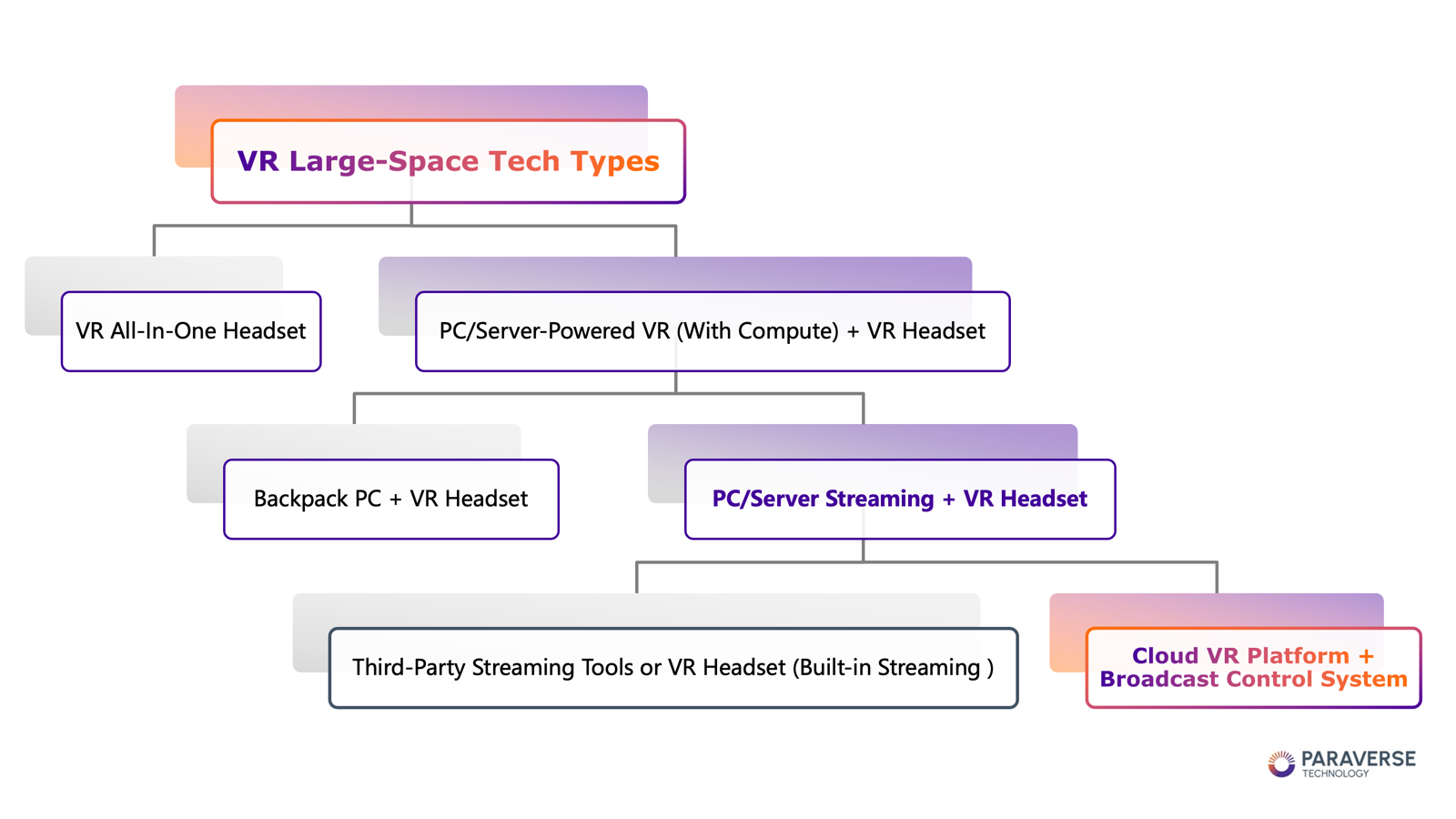
Within PC/Server Streaming Solutions, industry professionals commonly choose between 1) VR Headsets with Built-in Streaming Capabilities/Third-Party Streaming Tools and 2) Cloud VR Platforms + Broadcast Control Systems. VR headsets with built-in streaming capabilities: Most mainstream brands like Meta Quest series, PICO series, and HTC VIVE XR Elite/Focus series offer native wireless streaming for connecting to PCs or servers for high-quality content. Third-party streaming tools: Solutions like Virtual Desktop (VD) and ALVR provide cross-platform streaming with broaderdevice compatibility and customization options.
However, while these solutions improve experience quality, they have limitations: they typically support only specified or single-brand devices, lack cluster management capabilities, cannot uniformly manage content applications/devices, and don’t integrate application management or content broadcasting modules, resulting in operational inefficiencies and inability to support large-scale operations. Addressing this industry pain point, Paraverse introduces the LarkXR broadcasting system to solve scaling challenges in large-scale multi-user VR operations.
VR Streaming Solution Comparison
Conventional Streaming vs. Cloud VR Platform + Broadcast Control System

LarkXR VR Broadcasting Now Live!
Elevating Large-Scale VR Arena Operations to New Heights
Paraverse’s LarkXR Cloud XR Streaming and Rendering PaaS now adds a Broadcast Control System specifically designed as an all-in-one solution for Large-Scale Multi-User VR Operations. This new broadcast control system serves as the core of VR operations, comprehensively covering VR device overview, content broadcasting, server management, VR monitoring, and level management, providing end-to-end management from device scheduling to content delivery.
LarkXR’s architecture is divided into Infrastructure and Broadcast Control Management Layers. At the infrastructure layer, servers connect with VR headsets through efficient streaming technology for resource scheduling. The broadcast control management layer provides server monitoring, client terminal management, user management, permission management, application management, and group management functions, enabling comprehensive support for the VR broadcast control interface through data upload and download.
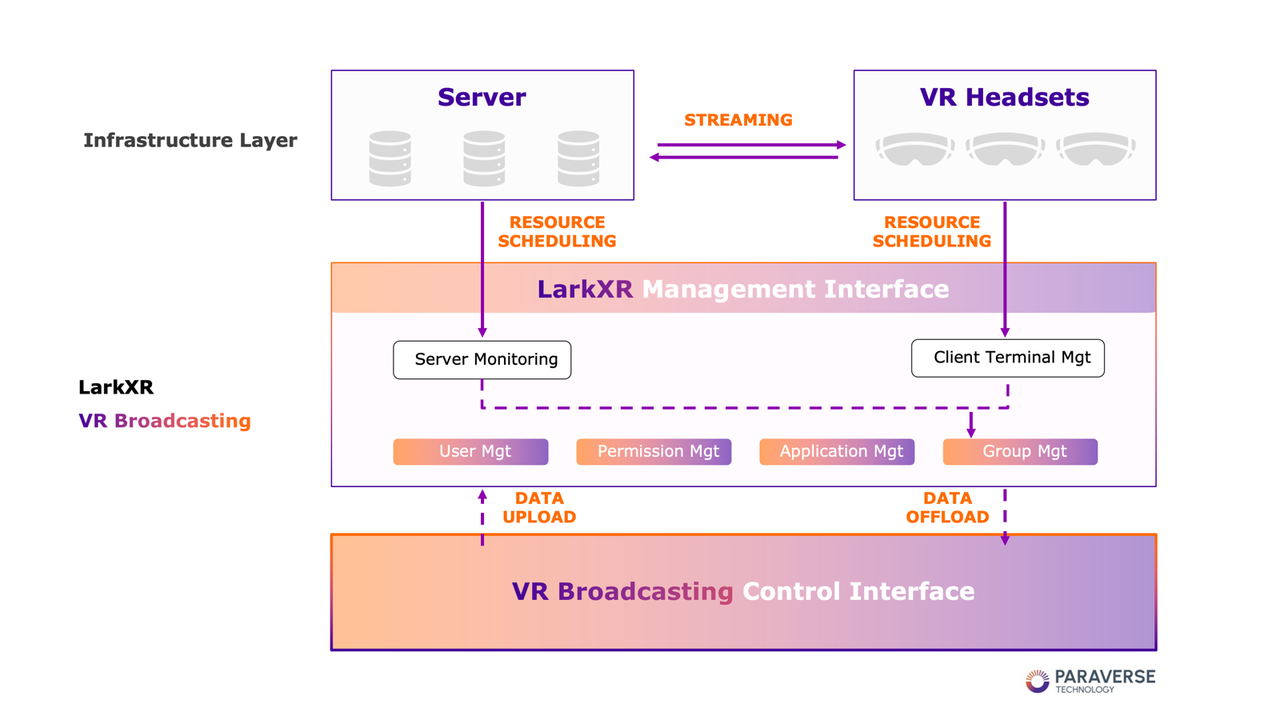
LarkXR’s Cluster Cloud Management overcomes the limitations of lightweight streaming tools’ one-way transmission while supporting mainstream VR headset brands, breaking through closed hardware solution restrictions. Whether for specified VR device brands or helping VR operation partners accommodate their clients’ various brand devices, LarkXR adapts flexibly, achieving full-brand ecosystem compatibility.
Additionally, the Broadcast Control System is tablet-based (PAD), allowing operators to batch control of multiple devices simultaneously with one-touch operation, achieving scalable operations particularly suitable for large-scale VR spaces, cultural tourism exhibitions, education and training, immersive entertainment, and VR experience halls—empowering our ecosystem partners to efficiently manage large-scale multi-user VR operations and deliver exceptional user experiences to their end clients.
Ecosystem Empowerment
LarkXR VR Broadcasting Expands VR Business Boundaries
Paraverse consistently focuses on real application scenario requirements. Through the new broadcast control system, we empower our ecosystem partners to provide unprecedented multi-user VR collaborative scenarios and large-scale VR applications to their end customers, significantly enhancing partners’ business capabilities and value while expanding broader VR application scenarios.
Whether you’re an Integrator or Operator of Specific VR Device Brands, the LarkXR VR Broadcasting seamlessly integrates with your existing solutions, helping you gain competitive advantages in the Large-Scale Multi-User VR Market and Achieve Mutual Success.
Act Now to Secure Your Advantage in Large-Scale VR Arena Operations. [Submit Your Inquiry]

